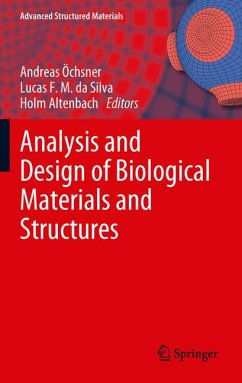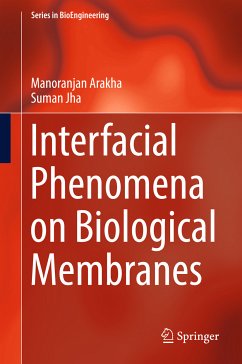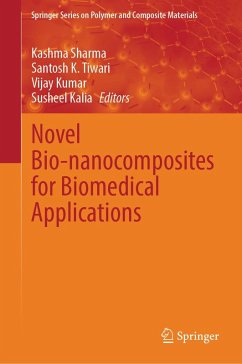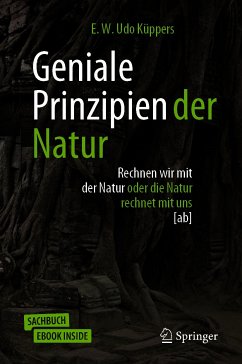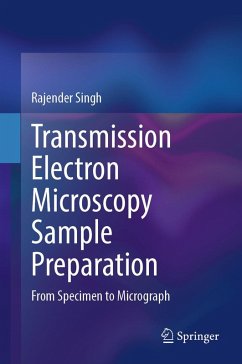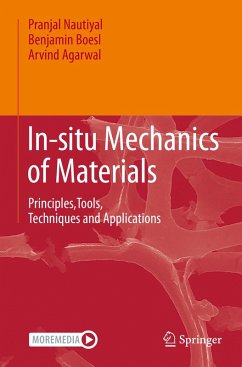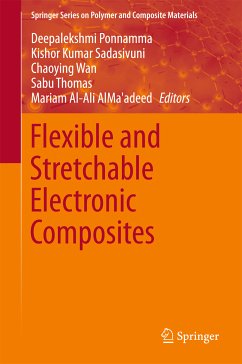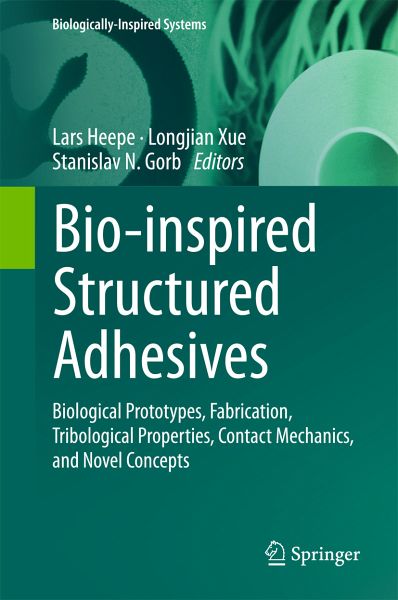
eBook, PDF
Bio-inspired Structured Adhesives (eBook, PDF)
Biological Prototypes, Fabrication, Tribological Properties, Contact Mechanics, and Novel Concepts
Redaktion: Heepe, Lars; Gorb, Stanislav N.; Xue, Longjian

PAYBACK Punkte
56 °P sammeln!





Showcases fascinating biological prototypes
Provides new inspirations for materials science and technology
Addresses state-of-the-art technologies for fabricating micro- and nanostructures
Written for both newcomers and experienced researchers in the field of biomimetics
Provides new inspirations for materials science and technology
Addresses state-of-the-art technologies for fabricating micro- and nanostructures
Written for both newcomers and experienced researchers in the field of biomimetics
Dieser Download kann aus rechtlichen Gründen nur mit Rechnungsadresse in A, B, BG, CY, CZ, D, DK, EW, E, FIN, F, GR, HR, H, IRL, I, LT, L, LR, M, NL, PL, P, R, S, SLO, SK ausgeliefert werden.
Lars Heepe is a junior research group leader at the Department of Functional Morphology and Biomechanics at the Zoological Institute of Kiel University, Germany and guest scientist at the nanotechnology centre NanoSYD of the Mads Clausen Institute, University of Southern Denmark. He received a B.S. degree in Engineering Physics from The Jena University of Applied Sciences, Germany in 2008. In 2011 he received a M.S. in Scientific Instruments from same university. After that, he joined the Prof. Stanislav N. Gorb's group at Kiel University, where he obtained his Ph.D. in Biophysics in 2014. In 2014 he was awarded with the Best Dissertation Award of the Faculty of Mathematics and Natural Sciences, Kiel University, Germany and in 2015 he received the Fraunhofer UMSICHT Science Award as well as the best dissertation award in the category "Nano Life Sciences" of the research focus Kiel Nano, Surface and Interface Science. He is member of the "Young Academy" of the Academy of the Science and Literature Mainz (2016). His research interests include adhesion, friction and contact mechanics of biological and biologically inspired attachment systems, the development of space-, time- and force-resolved in situ tribological characterization techniques, as well development of surfaces preventing marine biofouling. Longjian Xue is Professor of Materials in School of Power and Mechanical Engineering at Wuhan University, China. He received B.S. degree in Chemistry from Wuhan University in 2004. After that, he was recommended for the admission of Changchun Institute of Applied Chemistry, Chinese Academy of Sciences, where he earned his Ph.D. degree in Polymer Chemistry and Physics in 2010. After his short stay in Rheinisch-Westfaelische Technische Hochschule Aachen, Germany, he worked as an Alexander-von-Humboldt Fellow with hosts of Prof. Martin Steinhart from Osnabrück University and Prof. Stanislav N. Gorb from Kiel University. He then joined Prof. Aránzazu del Campo's Group in Max Planck Institute for Polymer Research in Mainz, Germany. In 2015, he was awarded "young 1000 talents" and joined Wuhan University as Professor. His research interests include investigation of stability/instability of thin polymer films, using bottom-up methods for surface patterning, fabrication and evaluation of bio-inspired micro- and nanomaterials for varies applications. He has authored 40 papers in peer reviewed journals, and has three patents. Stanislav Gorb is a group leader at the Zoological Institute of the University of Kiel, Germany. He received his PhD degree in zoology and entomology at the Schmalhausen Institute of Zoology of the Ukrainian Academy of Sciences in Kiev. Gorb was a postdoctoral researcher at the University of Vienna, a research assistant at University of Jena, a group leader at the Max Planck Institutes for Developmental Biology in Tübingen and for Metals Research in Stuttgart. Gorb's research focuses on morphology, structure, biomechanics, physiology, and evolution of surface-related functional systems in animals and plants, as well as the development of biologically inspired technological surfaces and systems. He received the Schlossmann Award in Biology and Materials Science in 1995 and was the 1998 BioFuture Competition winner for his works on biological attachment devices as possible sources for biomimetics. He is member of the Member of Academy of the Science and Literature Mainz (2010) and of the National Academy of Sciences Leopoldina (2011). Gorb has authored five books, more than 300 papers in peer reviewed journals, and four patents.
Produktdetails
- Verlag: Springer Nature Switzerland
- Seitenzahl: 348
- Erscheinungstermin: 21. Juli 2017
- Englisch
- ISBN-13: 9783319591148
- Artikelnr.: 53059496
Für dieses Produkt wurde noch keine Bewertung abgegeben. Wir würden uns sehr freuen, wenn du die erste Bewertung schreibst!
Eine Bewertung schreiben
Eine Bewertung schreiben
Andere Kunden interessierten sich für


